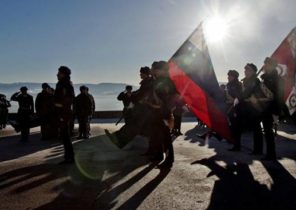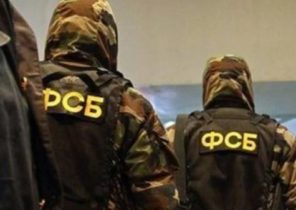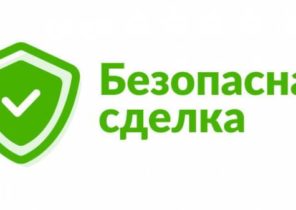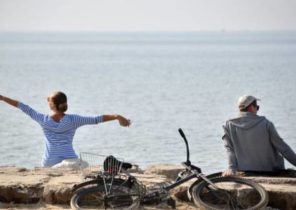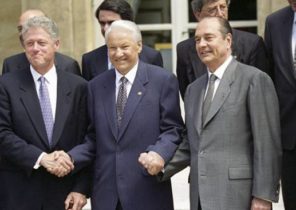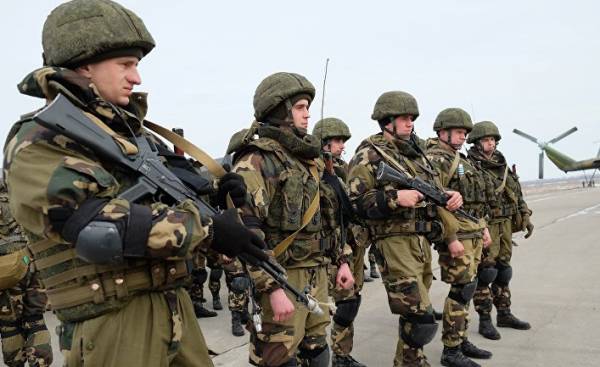
Valletta — the Minister of defence of Estonia said on Thursday that Russia could use military drills to move thousands of soldiers in Belarus as a warning to NATO.
Moscow and Minsk intend to hold in September manoeuvres, in which, in the opinion of some members of NATO may participate up to 100 thousand soldiers and which will be the largest since 2013 teachings of this kind.
According to the Minister of defence Margus Tsahkna, Estonia and other NATO countries have reason to fear that at the end of the exercises “West-2017,” the Russian troops may remain in Belarus.
The Russian defense Ministry did not immediately respond to Reuters when asked to comment on the statement of the Estonian Minister.
Referring to public information about the plans of rail traffic from Russia to Belarus, Zahka said that Russia intends to use 4 thousands of rail cars to carry troops on Belarusian territory for the establishment of an Outpost on the territory of our closest allies. “For the Russian soldiers heading to Belarus, this is the end,” the Minister told Reuters in an interview in Malta ahead of a meeting of defense Ministers of the EU. “It’s not my personal opinion. We thoroughly analyze how Russia is preparing to exercise “Zapad-2017”.
Moscow denies any intentions to threaten NATO did not say how many soldiers are going to use in the exercises. “We see what they are doing on the other side of the border. Soldiers can stay there after the exercise,” said Zahka. Belarusian President Alexander Lukashenko has previously called such concerns baseless and said that no one is going to leave in Belarus, the Russian soldiers at the end of the exercise.
A matter of trust
Scale doctrines “the West-2017” — one of the reasons for the concerns of the Alliance. Previous large-scale maneuvers in 2013 included the training of troops of special operations, the use of long-range missiles and drones, which Russia later used for the annexation of Crimea and support for separatists in Eastern Ukraine, diplomats said.
Concerned about the expansion of NATO to the East, Russia says that these teachings are a response to the location of the limiting case of the Alliance in the 4 thousand people in Poland and the Baltic States. Russian foreign Minister Sergei Shoigu said in January that the exercise scenario for the West-2017 “will take into account the situation of intensification of NATO along the borders of the Union state of Belarus and Russia. “In the future we plan to strengthen the practical part of the exercise, taking into account the troubling foreign policy situation,” said Shoigu, who was quoted by local media.
Command of the Armed forces of the United States in Europe asks Russia to allow the teachings of international observers to reassure Baltic neighbors. Lukashenko said earlier that he was invited to the exercises of military observers from NATO countries.
According to the Estonian Minister, the stationing of Russian soldiers in Belarus would meet the aspirations of Putin to strengthen the image of a strong leader in the country. “Russia faces a presidential election next year, Putin needs to demonstrate the power of people in Russia,” said Zahka. He also wondered about the degree of trust in relations between Russia and Belarus, which was concerned with the annexation of the Crimean Peninsula from neighboring Ukraine. “It’s a matter of trust,” the Minister said.
Previously Lukashenka rejected Russia plans to place on the Belarusian territory of the military base. The West in the last couple of years sought to improve relations with Belarus and cancelled some imposed in response to the infringement of civil liberties, sanctions against Lukashenka’s entourage, which Western leaders once called “Europe’s last dictator”.
But Minsk remains a key ally of Moscow and a member of Putin’s trade bloc, the Eurasian economic Union. The Minister of defense of Belarus Andrei Ravkov after Russia spoke of NATO as a threat and accused chose the partnership with the West Ukraine in the escalation of tensions.

